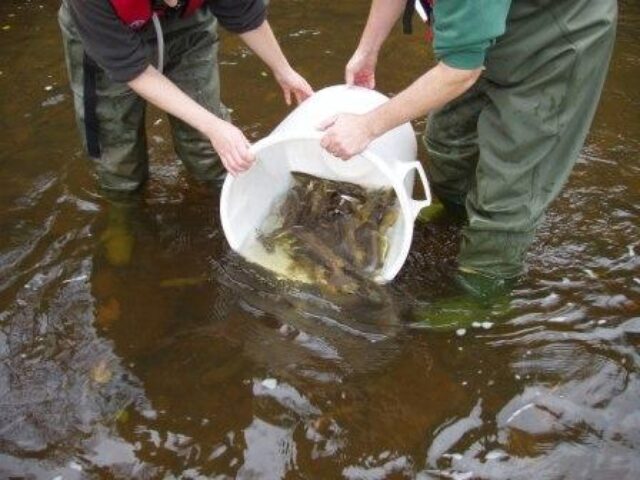A number of angling clubs the Wild Trout Trust have worked with have taken the decision to cease stocking or reduce the numbers of fish introduced to their rivers. We asked them to provide case studies of their experiences describing how and why they took the decision and what the results have been. Click on the links below for each case study (pdf documents or videos).
River Nidd, North Yorkshire - Nidderdale Angling Club
Afon Clwyd, North Wales - Denbigh & Clwyd Angling Club
River Leven, North Yorkshire - Hutton Rudby Fly Fishing Club.
River Monnow, Monmouthshire / Herefordshire - Tregate Angling Club
River Ribble, Lancashire. Three 5 minute YouTube videos of a presentation by Neil Handy at the 2015 WTT Annual Get Together covering the experience of reducing stocking on the River Ribble. Section 1. Section 2. Section 3.
Salisbury and District Angling Club. A large club of 2,200 members with extensive chalk stream fishing in Wiltshire. This is a video of a talk given by Andreas Topintzis at the 2016 WTT Annual Get Together. An interesting (and amusing) story of big changes to a large club.
River Wharfe, North Yorkshire - Ilkley Angling Association
Haddon Estate, Derbyshire
